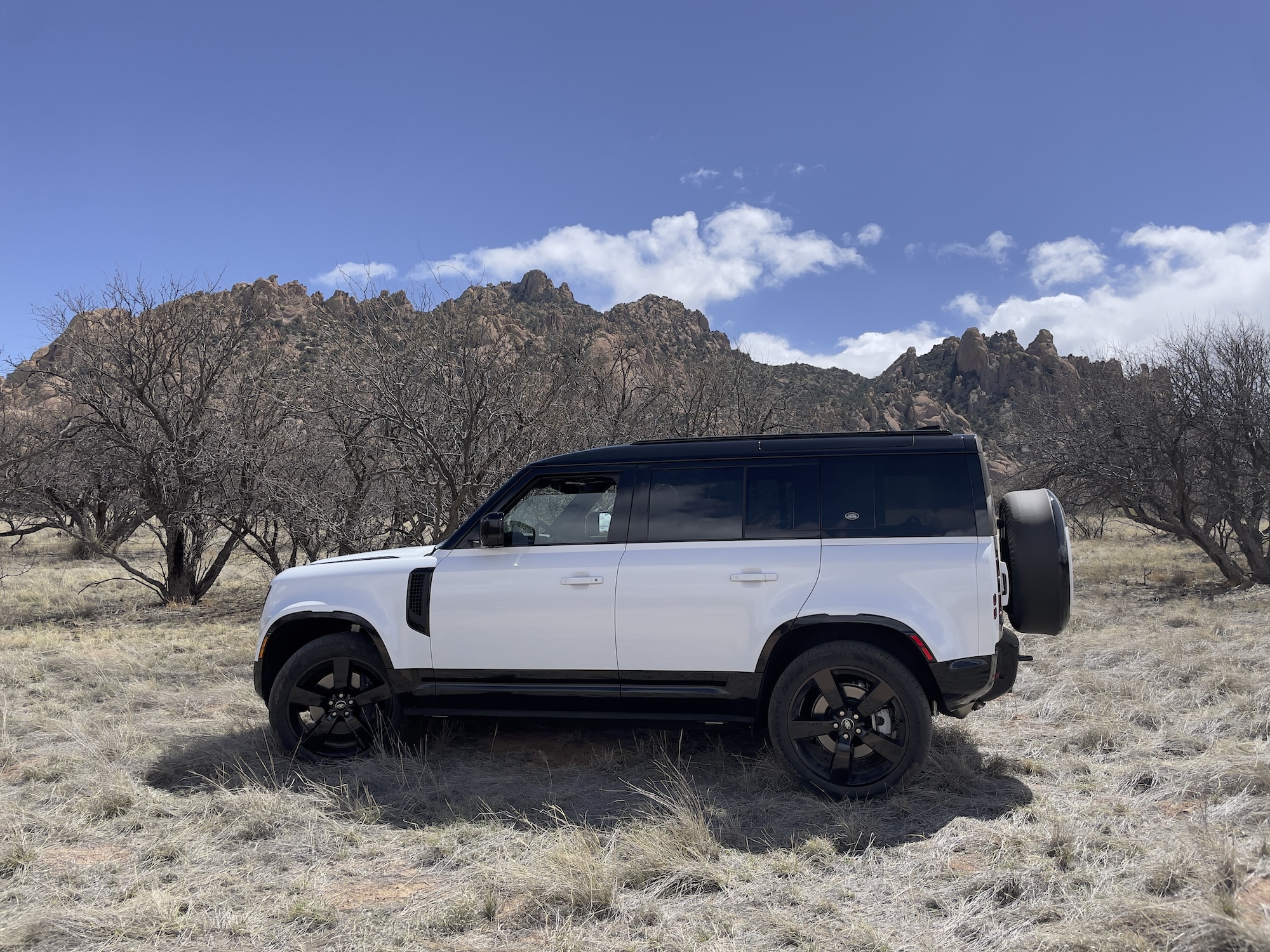Business
TechCrunch Mobility: Fisker enters into dumpster fire territory and Tesla chases FSD revenue

TechCrunch Mobility is a weekly newsletter dedicated to all things transportation. Sign up here — just click TechCrunch Mobility — to receive the newsletter every weekend in your inbox. Subscribe for free.
Welcome back to TechCrunch Mobility — your central hub for news and insights on the future of transportation. Remember in the last edition of TechCrunch Mobility, when I wrote that the wheels were starting to come off the Fisker bus? Sheesh. Did they.
To catch you up: Fisker issued a warning on March 18 that it was pausing production for six weeks and had just $121 million in cash and cash equivalents, $32 million of which was restricted or not immediately accessible. The company was counting on a $150 million influx of capital via convertible notes and a potential partnership with another automaker. Those hopes incinerated as fast as a gasoline-soaked rag when negotiations between Fisker and the large automaker — reported to be Nissan — fell apart and put that convertible note deal in jeopardy.
Shares plummeted 28%, trading was halted, and in a final blow, the New York Stock Exchange said it was taking steps to remove Fisker from the exchange.
Those are all symptoms of a bigger problem within the company, including one particularly embarrassing one that TC reporter Sean O’Kane uncovered. The tl;dr: Fisker temporarily lost track of millions of dollars in customer payments as it scaled up deliveries, leading to an internal audit that started in December and took months to complete.
Alrighty, let’s jump into the rest of it, including where bankrupt EV startup Arrival’s assets ended up, a profile on startup Ionobell hoping to increase EV range through recycled silicon battery materials, and a $1 billion boost for Lucid.
A little bird
Founders, investors, engineers, policy wonks and others tell us things. And we’re here to pass along the verifiable information that those little birds have shared with us.
Got a tip for us? Email Kirsten Korosec at [email protected] or Sean O’Kane [email protected]. If you prefer to remain anonymous, click here to contact us, which includes SecureDrop (instructions here) and various encrypted messaging apps.
Deal of the week
It ain’t easy being an executive at an EV startup these days. Just ask the folks at Fisker. (Sorry, too soon?)
Amid all of the EV startup bankruptcies and other bleak goings-on, there was a bit of positive news. Lucid, which has had its own struggles, raised another $1 billion from its biggest financial backer, Saudi Arabia. Ayar Third Investment, an affiliate of Saudi Arabia’s Public Investment Fund, agreed to buy $1 billion worth of Lucid’s stock, which will add to the Kingdom’s current stake of around 60% ownership.
The $1 billion boost is a lot of money, but it doesn’t last long if you’re trying to design, manufacture, sell and service vehicles. This gives Lucid an important capital buffer; however, it does not end it’s existential crisis. The company must successfully bring its next vehicle, the Gravity SUV, to market and drum up fresh business for its existing Air sedan if it hopes to survive and scale.
Other deals that got my attention …
Cyvl.ai, a Boston-area startup that helps municipalities and civil engineering firms track the conditions of transportation infrastructure, raised $6 million in a round led by Companyon Ventures with participation from Argon Ventures, Aero X Ventures and Alumni Ventures. Existing investors MassVentures, Launch Capital and RiverPark Ventures also participated.
Ember, a Scottish startup building one of the U.K.’s first all-electric intercity bus networks, raised $14 million in a Series A round led by Inven Capital. Investors 2150 and AENU also participated.
Ionobell, a seed-stage startup that says its silicon material will be cheaper than the established competition and help boost range in EV batteries, closed an unpriced $3.9 million seed extension, TechCrunch exclusively learned. Dynamo Ventures and Trucks VC led the round.
Iron Sheepdog, a startup that developed trucking software for brokers and contractors, raised $10 million in a Series B round led by SJF Ventures with participation from Grand Ventures, Supply Chain Ventures, and other strategic partners in the construction industry.
Notable reads and other tidbits
ADAS
Tesla is going to give every customer in the U.S. a free one-month trial of its $12,000 Full Self-Driving Beta driver-assistance system, provided they have a car with the compatible hardware. The company is also reportedly mandating, at CEO Elon Musk’s request, that prospective buyers are given a demo of the software before they purchase a new Tesla. It seems that Tesla is turning to FSD as another financial lever to pull as profits on automotive sales shrink.
Electric vehicles, charging & batteries
Arrival sold some of its assets, including advanced manufacturing equipment, to Canoo, another struggling startup trying to build and sell electric vehicles. You can’t make this stuff up, folks!
The U.S. Environmental Protection Agency announced new emissions standards for heavy-duty vehicles sold in the U.S. from 2027 to 2032, a regulation that will increasingly limit the amount of pollution emitted by new heavy trucks. The regulations technically don’t mandate that these non-polluting heavy trucks are electric and instead let manufacturers decide how to meet the standards, whether its through hydrogen-powered fuel cells, better fuel efficiency or another alternative fuel. However, many believe it will mean a boost in battery-electric heavy-duty trucks. Consider the potential effect for this rule: The heavy-trucks category applies to more than 100 vehicle types, including vocational vehicles such as delivery trucks, garbage haulers, public utility trucks, transit, shuttle and school buses, as well as tractor-trailer trucks.
In-car tech
GM has lost another executive who was part of the company’s software and digital services effort. You might recall that former Apple executive Mike Abbott, who was executive vice president of GM’s software and services, stepped down earlier this month due to health issues. Now Edward Kummer, a former president of Nordstrom Rack’s online business who joined GM in 2021 to head up its new digital business team, is gone, the Detroit News reported.
This week’s wheels
I rarely test out internal combustion engine vehicles, but I made an exception this week when I had the chance to spend a few hundred miles behind the wheel of a 2024 Land Rover Defender 110 X-Dynamic SE. And technically, folks, this has a six-cylinder Mild-Hybrid Electric Vehicle powertrain, so that still qualifies, right?
My experience with Land Rover Defender has been solely in body-on-frame models that are decades old. So I was looking forward to finally getting in the modern version, which Land Rover officially brought back in 2020. The spec I drove, which was priced at just under $88,000 and included some pricey upgrades and 22-inch wheels, is probably suited for the well-heeled urban customer. But with different tires, this aluminum monocoque-structure Defender could absolutely handle off-road conditions. I played around on dirt roads — no rock crawling — and it handled just fine with no squeaks, rattles or clunks, even on washboard terrain.
I didn’t love the advanced driver-assistance system, notably how the driver engages the adaptive cruise control. But there were lots of features I did like, including the very quiet ride, adaptive air suspension, the white paint-on-black gloss details, a functional rear door and easy-to-reach spare tire, the air-chilled cubby to keep snacks cool and an interior design that marries utilitarian function with robust, high-quality materials.
A final word on that interior — you won’t find a massive screen here. But there are tech-related details mixed in with the buttons and knobs. My version had a wireless charger and plenty of charger ports, including one on the dash of the passenger side. And the user interface was actually fairly decent.
One feature I liked was a drop-down menu on the media toggle that allowed me to quickly swap between Apple CarPlay and the native infotainment system that included Sirius XM radio or local stations. That might seem inconsequential, but I have been in a number of EVs lately that make it far too complicated to switch between CarPlay and the native system.
-

 Business7 days ago
Business7 days agoUnitedHealth says Change hackers stole health data on ‘substantial proportion of people in America’
-

 Business6 days ago
Business6 days agoTesla’s new growth plan is centered around mysterious cheaper models
-

 Business5 days ago
Business5 days agoXaira, an AI drug discovery startup, launches with a massive $1B, says it’s ‘ready’ to start developing drugs
-

 Business5 days ago
Business5 days agoUK probes Amazon and Microsoft over AI partnerships with Mistral, Anthropic, and Inflection
-

 Entertainment3 days ago
Entertainment3 days agoSummer Movie Preview: From ‘Alien’ and ‘Furiosa’ to ‘Deadpool and Wolverine’
-

 Business6 days ago
Business6 days agoTwo widow founders launch DayNew, a social platform for people dealing with grief and trauma
-

 Entertainment6 days ago
Entertainment6 days agoTesla’s in trouble. Is Elon Musk the problem?
-

 Business4 days ago
Business4 days agoPetlibro’s new smart refrigerated wet food feeder is what your cat deserves
































